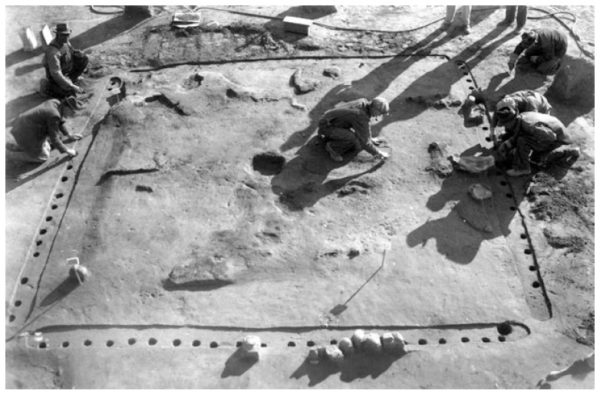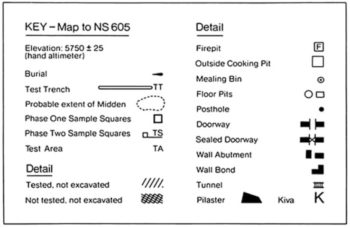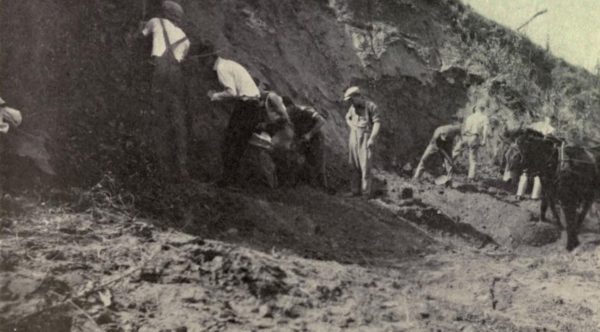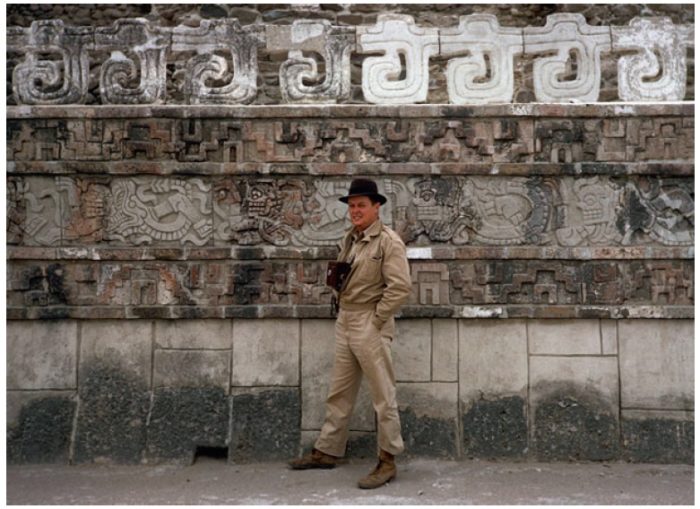The tradition of archaeology in the Americas (both North and South America) is defined by cross-cultural comparative research that draws heavily on an innovative tradition of regional-scale fieldwork.
Many early archaeo-pioneers worked in multiple culture areas of the Americas, seeking direct connections between the archaeological record and living or historical indigenous peoples, and fostering close ties with the related field of anthropology as a result.


Such pioneering archaeological efforts across the globe are often lauded for their early attention to stratigraphy and the association of geological or cultural strata with change in human societies over time. In the Americas, as in other parts of the globe, such attention was often the result of non-systematic excavations into mounds of anthropomorphic origin. In other words- ‘grave robbers’. Continue reading by clicking here. For the Silo, David M. Carballo /academia.edu / Department of Archaeology, Boston University/ Jarrod Barker.
Featured image- Archaeological Pioneers Of The Americas Gordon Willey Tula Mexico

Supplemental- Cahokia: Ancient Village in the Great Lakes


Leave a Reply
You must be logged in to post a comment.